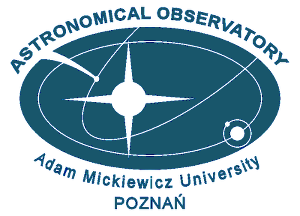Astronomers from Poznań participated in the discovery and characterization of a very small asteroid using the James Webb Spacee Telescope. The detected asteroid is the smallest object observed by the James Webb telescope and one of the smallest observed asteroids in general.
Data from the MIRI instrument (Mid-Infrared Instrument) helped astronomers to estimate distance to the asteroid, its orbit and size. This was possible thanks to another asteroid named (10920) 1998 BC1 previously detected by the telescope. Observations of that object were used to calibrate the newly discovered asteroid. The new calibration method can also be applied to other objects that may be detected by the James Webb telescope in the future.
Since the observations made by the James Webb Telescope are among the first to be made in the direction of the ecliptic (where most asteroids orbit), other asteroids are also likely to be discovered by the telescope. The James Webb telescope is particularly sensitive to detecting objects of about 100 meters at a distance of 100 million km. Therefore, every observation made in the direction of the ecliptic is thought to contain asteroids, most of which are yet unknown.
2023-02-09, DO, PB


